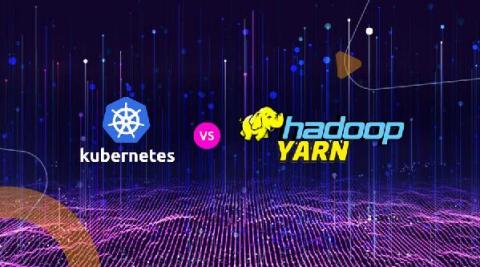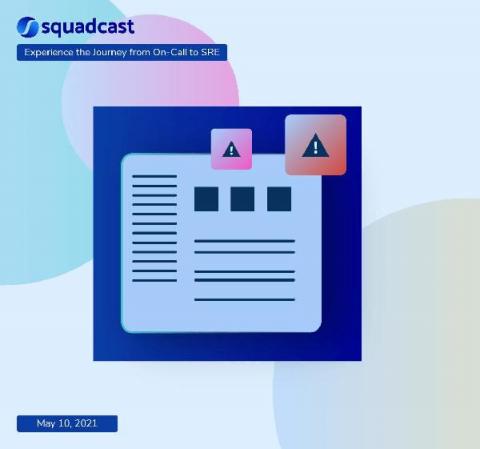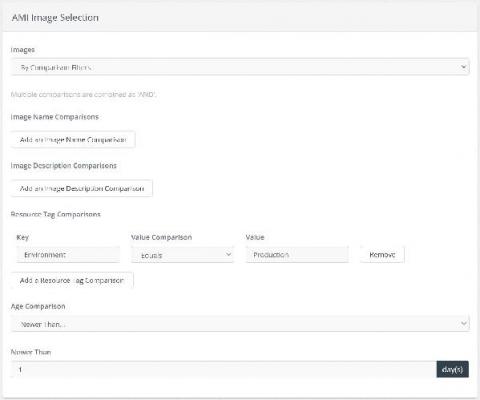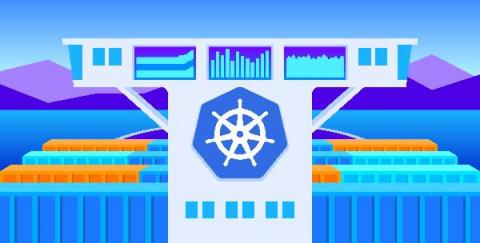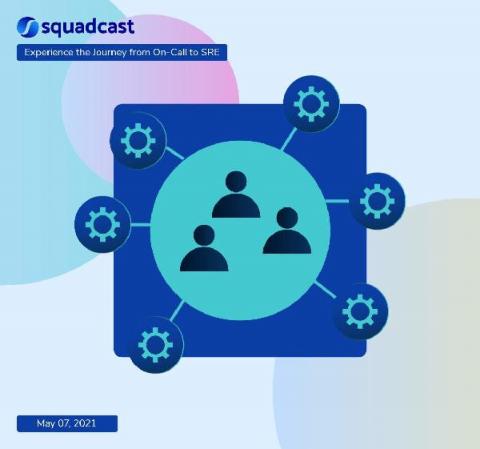Operations | Monitoring | ITSM | DevOps | Cloud
Latest News
Kubernetes vs YARN for scheduling Apache Spark
Spark is one of the most widely-used compute tools for big data analytics. It excels at real-time batch and stream processing, and powers machine learning, AI, NLP and data analysis applications. Thanks to its in-memory processing capabilities, Spark has risen in popularity. As Spark usage increases, the older Hadoop stack is on the decline with its various limitations that make it harder for data teams to realize business outcomes.
Creating a Better Incident Response Plan
Why Should My Business Consider Private And Direct Connections To Oracle Cloud?
Copy AMI Images to S3 Actions
It is very important to create backups for your crutial EC2 instances. While AWS provides mechanisms to increase availability, the cloud is not infallible. EC2 provides a native backup format for your EC2 instances in the way of AMI images. But storage costs of the AMI images can build over time.
Continuous integration with GitOps
Software development is changing rapidly. On one hand, you must quickly adapt to evolving requirements, while on the other, your applications need to operate continuously without downtime. DevOps helps you quickly adapt to changes. Among other initiatives, continuous integration (CI) and continuous delivery (CD) are intgegral to any DevOps practice.
Preventing SQL injection attacks with automated testing
SQL injection is one of the most destructive ways an application can be attacked. This kind of attack is targeted toward the application database, which can result in consequences that are irreversible, lead to loss of money, and reduce user trust in your company. There are far too many application data breaches happening every day, usually when a malicious agent attacks the database.
Monitor kube-state-metrics v2.0 with Datadog
In order to manage complex containerized applications, modern devops teams need to have deep visibility into the status of their Kubernetes resources. By listening directly to the Kubernetes API, the open source kube-state-metrics service generates key metrics about your Kubernetes objects, including pods, nodes, and deployments, which are essential for understanding the status and performance of your clusters.
Top SRE Toolchain Used By Site Reliability Engineers
SRE fundamentals 2021: SLIs vs. SLAs. vs SLOs
A big part of ensuring the availability of your applications is establishing and monitoring service-level metrics—something that our Site Reliability Engineering (SRE) team does every day here at Google Cloud. The end goal of our SRE principles is to improve services and in turn the user experience. The concept of SRE starts with the idea that metrics should be closely tied to business objectives. In addition to business-level SLAs, we also use SLOs and SLIs in SRE planning and practice.



